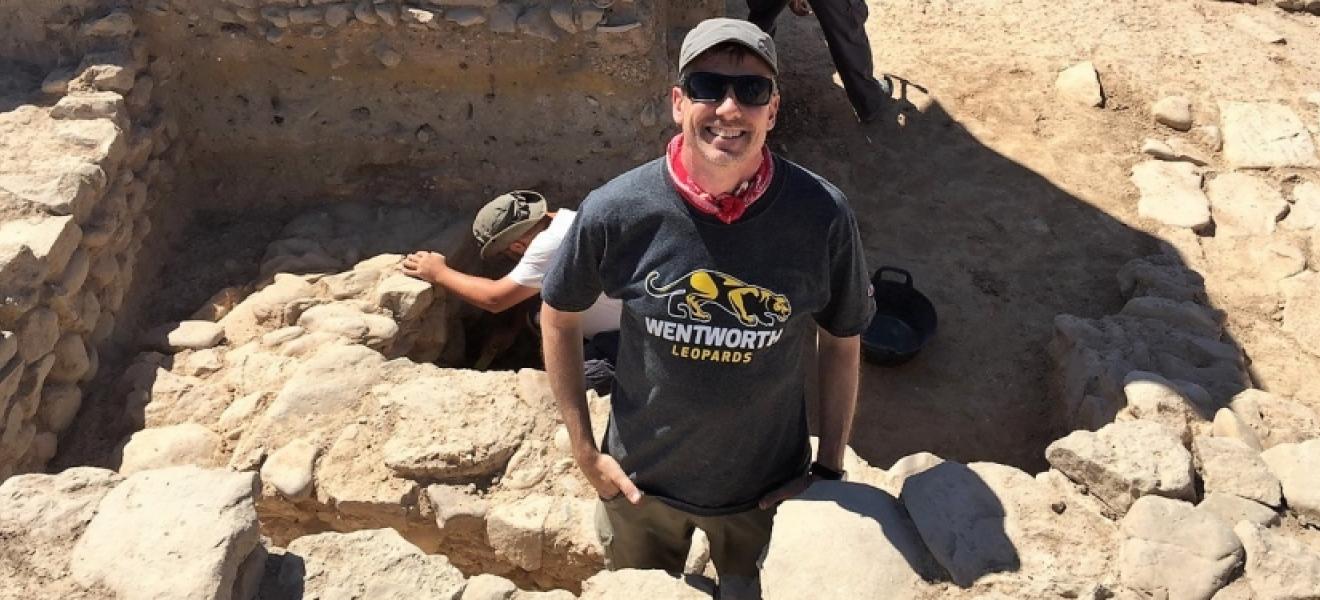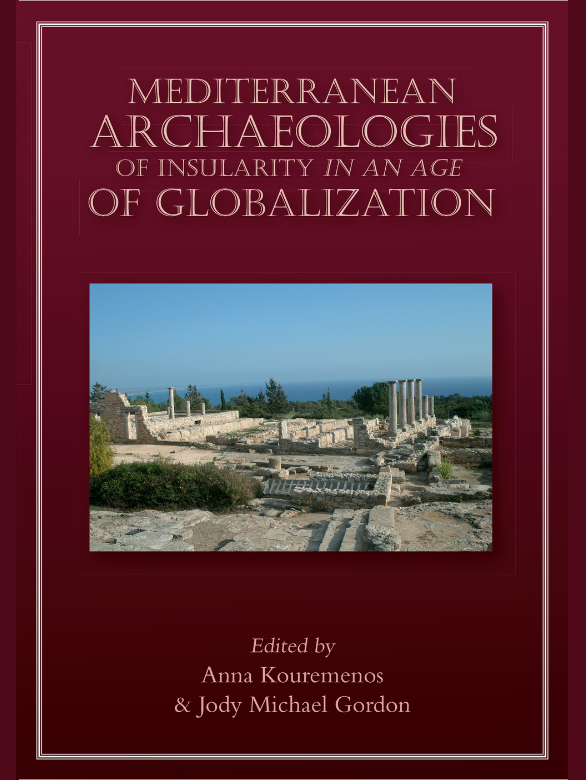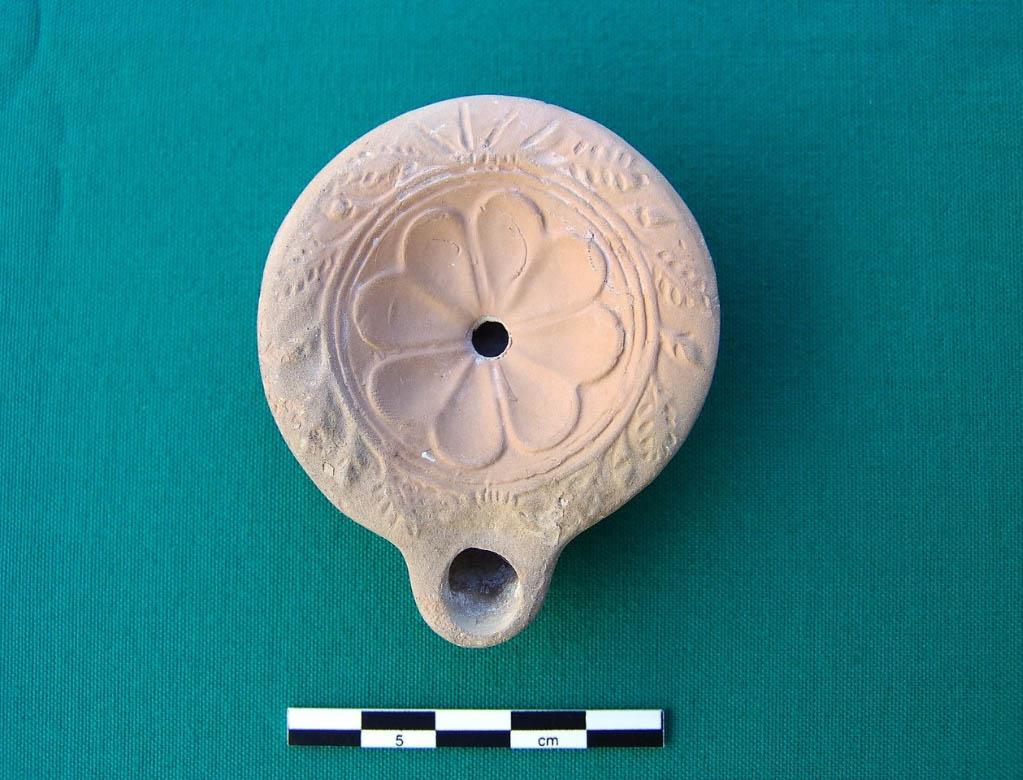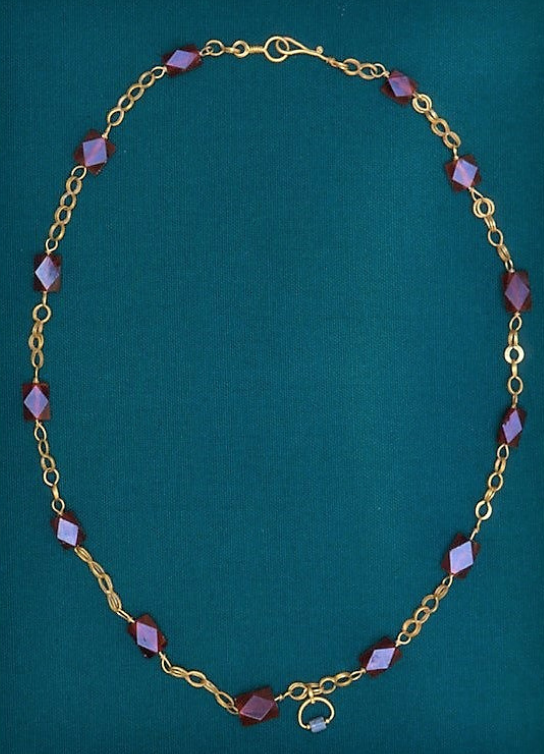Studying the Past to Predict the Future

Associate Professor Jody Gordon at an archaeological site
Jody Gordon on How Ancient Civilizations Can Help Us Predict the Future
There is much to learn about the future by studying ancient civilizations of the past, according to Jody Gordon, associate professor in Wentworth Institute of Technology’s School of Sciences and Humanities. And he believes these lessons translate especially well to engineering, entrepreneurship and similar disciplines.
“Studying the past will allow you to better predict what will happen in the future,” he said. “If you can figure out what the next big product will be and how people will be helped, that’s a very valuable skill.”
 In the newly published Mediterranean Archaeologies of Insularity in an Age of Globalization, co-edited by Anna Kouremenos, Gordon makes the case that ancient lands situated in and around the sea were not as static as historians have long held. Instead, he says, these lands had easy access to one another in addition to faraway areas due to ships, the fastest way to travel.
In the newly published Mediterranean Archaeologies of Insularity in an Age of Globalization, co-edited by Anna Kouremenos, Gordon makes the case that ancient lands situated in and around the sea were not as static as historians have long held. Instead, he says, these lands had easy access to one another in addition to faraway areas due to ships, the fastest way to travel.
“Living on an island in antiquity did not mean someone was isolated. Instead, it was quite the opposite situation. Someone on top of a mountain in the middle of Italy would have been more isolated than someone who was on an island and could get in a boat and go anywhere,” said Gordon, an archaeologist and an expert on Cyprus, the Mediterranean Sea’s third largest island. “Islands are an ideal place to study connectivity and its effects.”
Connectivity allowed for increased technological innovation, political stability and economic interaction. These ideas, says Gordon, are important to the understanding of modern disciplines like entrepreneurship, engineering and political science by learning what drives people to other parts of the world and how they can benefit from it.
Increased connectivity, however, could also allow some groups in the ancient world—namely the Romans—to engage in imperialist practices that transcended borders and disrupted existing societies. They believed in acting in a manner that we now interpret as prototypically Roman, following a certain established decorum that consolidated their political and economic power, even as they learned new cultural practices from the lands that they conquered.
“If you were a Roman citizen, you had far greater rights than anyone else,” said Gordon. “When the Romans came to an island like Cyprus and took it over, people had to decide whether to join them, or to try to close up their ports and negotiate with Roman power. Full resistance against Rome was rarely an option, so for both Romans and islanders, working together for social and economic benefit was often the best result.”

Gordon points to the timeliness of the topic of globalization, especially as nationalist sentiments have increased in American political discourse. Globalization can lead to the exploitation of countries who host resources, he says, including oil or the precious metals that are needed to create smartphones, or it can move jobs overseas. Yet, he also points out that globalization can also improve people’s lives through the sharing of democratic ideals, the distribution of vaccines or through the export of technological innovations, such as electric battery cells or new types of water treatment facilities.
Gordon’s book brings together multiple archaeologists to offer differing perspectives on the Late Bronze Age, the era of Greek and Phoenician colonization, the Classical period, and the High and Late Roman imperial eras. Each chapter focuses on a specific island and how its people reacted to increased globalization.
“Globalization is not just a modern thing. We tend to think of it in terms of Magellan sailing around the world or modern democracy after the French Revolution, but it predates all of that,” Gordon said. “Much in the way we see China investing in infrastructure in Africa today, we see copper, the key material required for bronze technology, luring people to various places during the Bronze Age.”
Gordon is currently on sabbatical researching cemeteries and funerary culture in Roman Cyprus. Most of the tombs he is studying are legacy excavations—some dating back to 1993—that have been previously discovered. But Gordon is engaged in a multidisciplinary analysis of jewelry, coins, glass and other artifacts that afford him a larger picture of who lived on this island and how they interacted with the rest of the world.
He and his team from the Athienou Archaeological Project have amassed a giant database of items, most of which date from 200BC to 100AD. Among the top items found is a gold necklace adorned with red carnelian. He has also studied imported Roman oil lamps from the tombs that reveal how Cypriots traded for materials from the islands of the Aegean Sea.

“It’s almost like crime scene evidence,” Gordon said. “How do you put it together to create a big picture? That’s what we’re doing and how we’ve been able to learn so much about these ancient peoples.”
Gordon is also experimenting with a program called MatterPort, which uses 360 cameras to capture spaces before stitching them together as a 3D image. More commonly used by real estate agents to offer virtual house tours during the pandemic, Gordon and other archaeologists are scanning tombs and annotating what they find. Eventually, the spaces they uncover could be used as a virtual reality teaching tool.
“The ancient world is really not different than today,” Gordon said. “We’re still talking about people, people who have to deal with very similar issues and having to interact with each other. And globalization can be a positive or a negative, but it’s not something that is going away.”
